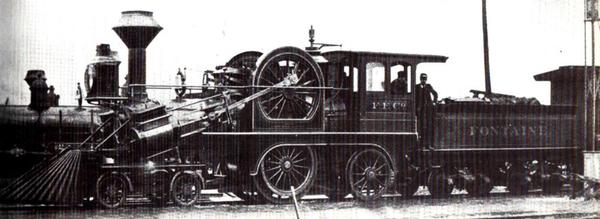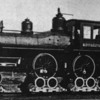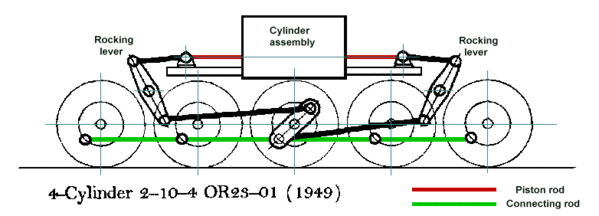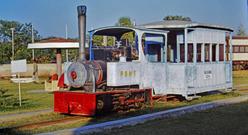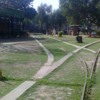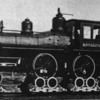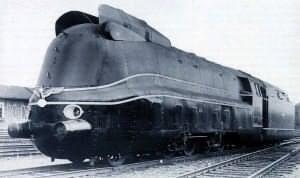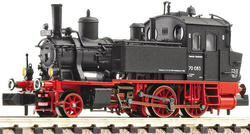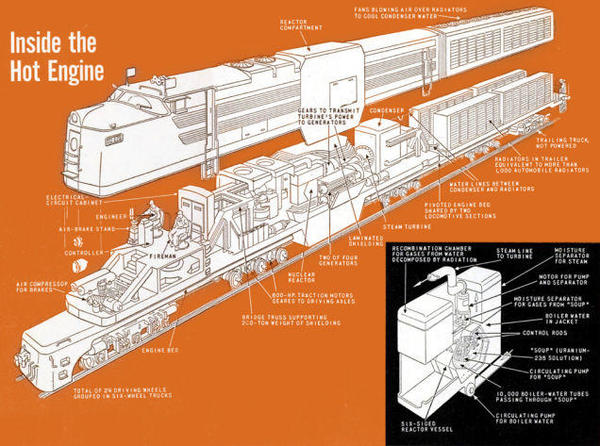The Bavarian 4-(2)-2-2 at least had the dignity of being a purposeful design. There was a time (in England and Europe) when single-driver locomotives were favored for express trains because the single driver was easier/simpler to balance for high speed operation. Of course they became inadequate when trains became longer and heavier.
I've seen those old American roller-locos explained as possible investment scams. There was no logic to the design at all.
Another item from the same web site shows an experimental German high-pressure steam locomotive from 1930. Really high pressure - look how small the cylinder is. Presumably a multi-stage compound loco with different size cylinders like the D&H 4-8-0 #1403. These experimental locomotives usually turned out too complicated for practical application.
Schwartzkopff-Löffler High Pressure Locomotive
Boiler pressure - 120 atmospheres - about 1763 psi

http://www.worldrailfans.info/...amExperimental.shtml








